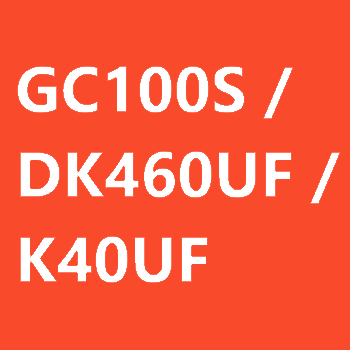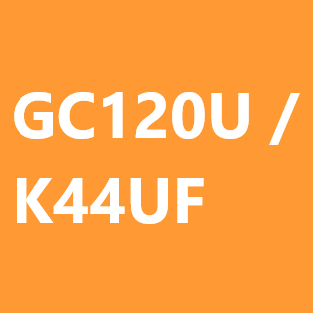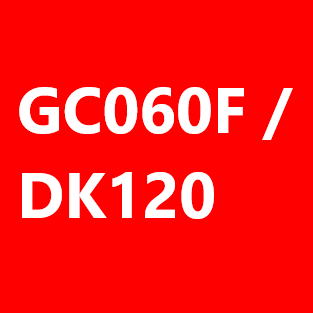Select a grade to view:










In general, smaller tungsten carbide grain sizes allow for the manufacture of carbides with a finer microstructure. A prerequisite for this is the prevention of grain growth during the sintering process by adding suitable doping components in the right amount, adjusted to the cobalt content. The latter has been determined based on the required performance specifications for the carbide. Since the specific surface of a carbide depends reciprocally on its grain size, a finely-grained carbide can adsorb more binder than a coarsely-grained Wc. When considering the ISO hardness curve of a carbide in a diagram as a function of the carbide grain size and its cobalt content, the curve behaves as a decreasing polynomial function
An increase in cobalt content results in increased toughness while hardness and wear resistance are reduced. This opposite development of the two desirable parameters, hardness and toughness, can be countered by reducing the carbide grain size. The result is an increased hardness on account of the finer basic grain of the carbide which at the same time permits a high binding metal content as the grain structure offers a large specific surface, allowing for a high toughness. Consequently, superfine grain carbide grades offer increased hardness while maintaining toughness.